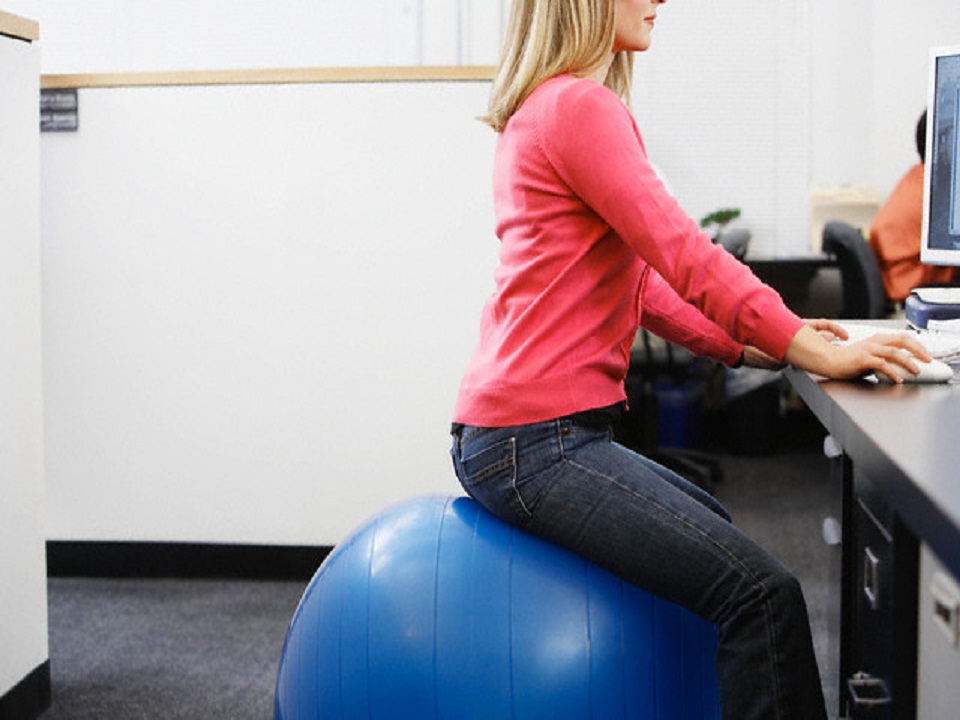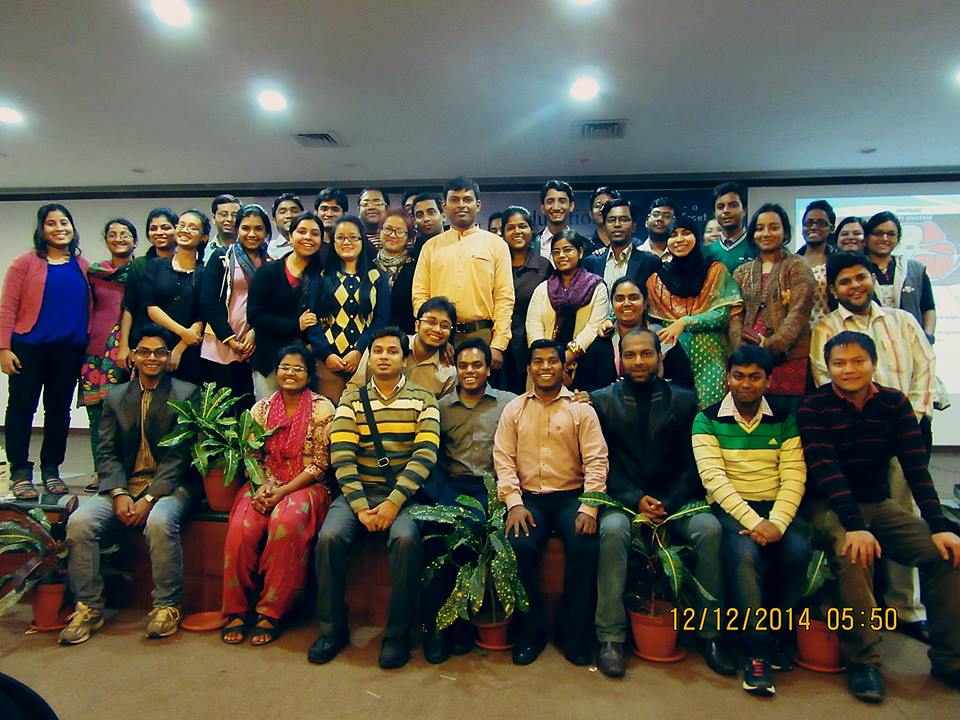It is well known that appropriate ergonomics improves work efficiency and prevents injury. However...
Demystifying Dry Needling: Analgesia

Many healthcare professionals are skeptical about dry needling. Indeed, for the uninitiated it is difficult to comprehend how a seemingly innocuous needle without any medicine can produce any therapeutic benefit beyond placebo. This article series will try to answer some of those questions. In the present installment we will focus on the analgesic effects of dry needling.
Dry needling modulates pain and produces analgesia which lasts considerably longer than the duration of the needling. In fact, the analgesic effects of needling continue up to 3 days after the needling has been done. The analgesic effect of dry needling involves multiple mechanisms including immune, hormonal, and nervous systems. In this article we will focus our attention to the neuronal mechanisms involved in needling induced analgesia. To explain this let us take the help of the diagram of a simplified pain pathway (below). Of course, the actual anatomy of the pain pathway is far more complex. A good overview can be found here: http://neuroscience.uth.tmc.edu/s2/chapter07.html
Pain Pathway
As it is shown in the figure below the pathways of fast (Aδ) and slow (C) pain are different. The fast pain travels via neospinothalamic tract (Navy blue) where the first order neurons (Aδ) synapse with marginal cells (M) which then takes the impulses straight to thalamus (Ventral posterolateral nucleus of thalamus). This pathway can be compared with a highway, as there is no interruption in between. However, the neospinothalamic tract has projections to some important areas of brain.
The slow pain on the other hand travels largely via paleospinothalamic tract (light blue). The first order neurons (C fibers) of this pathway hand over information to Substantia Gelatinosa (SGR), which in turn propagate the impulses to Wide Dynamic Range (WDR) nociceptors. The signals then travel via a multi synaptic system to Reticular Formation (RF) area and finally to thalamus (parafasciculus and centromedian thalamus). Because this pathway has multiple intersections it can be compared with a city road with slow moving traffic with signals which can stop the transmission altogether.
 +
+
The difference in the pathways of fast and slow pain is because the purpose they serve is different. While fast pain alerts an organism from external threat (e.g. fire) and thus helps in the survival, the slow pain draws attention towards existing pathology.
Pain Modulation via Needling
Because C pain is less related with survival of the organism the nervous system has mechanisms in place to block C pain at various levels. The various pathways involved are shown in the second figure which is essentially same with the previous diagram, but with some more connections.

Segmental inhibition:
Dry needling produces A delta simulation. As it is seen in the diagram, apart from stimulating the marginal cells, the A delta fibers also activate enkephalinergic stalked cells (ST) within the spinal cord. These stalked cells inhibit the SGR and reduce the transmission of slow pain impulses.
The Serotonergic System:
As the neospinothalamic tract carries the needling induced fast pain towards brain it sends collaterals to Periaqueductal Gray Matter (PAG) of mid brain. Neurons in PAG direct a nucleus in Medulla(Nucleus Raphe Magnus:NRM) to release serotonin which activates the stalked cells via descending neurons. Similar to segmental inhibition, the stalked cells release enkephalin and blocks C pain at the level of SGR. The prefrontal cortex can influence the PAG activation via hypothalamus and influence this descending pain suppression system.
The Noradrenergic System:
Large collaterals from neospinothlamic tract connect nucleus paragigantocellularis (PGC) of Medulla. When stimulated (via needling), PGC in turn influences Locus Coeruleus (LC) of pons (or similar brainstem structures) which releases noradrenalin in SGR and thereby controls the transmission of C pain. The noradrenergic system too can be influenced by prefrontal cortex hypothalamus axis.
The Diffused Noxious Inhibitory Control (DNIC) Mechanism:
Reticularis dorsalis (R) in medulla receives direct input from A delta fibers. In response it releases opioids to dorsal horn of spinal cord, which again inhibit SGR. The DNIC is a powerful mechanism which is especially active during the initial analgesia after needling.
And there is more:
A few things before I finish. First, in the introduction I have mentioned needling can produce analgesia up to three days. This needs an explanation. Although the needles are withdrawn from the skin within a few minutes the miniature wounds that they create remain. They continue to provide some A delta stimulation until healed thus prolonging the analgesia. Second, because of the prefrontal cortex hypothalamus axis influence in needling induced analgesia the emotion, mental state etc can affect the outcome. Third, while the above information provides a basic overview of needling induced analgesia, the facts here is oversimplified. Interested readers can refer to David Bowsher’s work for a more in depth discussion.



 physiotherapist, a teacher, an administrator, an organizer, a researcher and a philanthropist; duties that need him to travel across the nation, working impossible hours. And yet, he performs all these work with easy elegance, wearing a crisp suit, a brilliant smile and a great sense of humour.
physiotherapist, a teacher, an administrator, an organizer, a researcher and a philanthropist; duties that need him to travel across the nation, working impossible hours. And yet, he performs all these work with easy elegance, wearing a crisp suit, a brilliant smile and a great sense of humour.


 80% of all people suffer from (LBP) low back pain at least once in their lifetime. So, if you are having one, no big deal. But if your back pain continues beyond reasonable time (say, about 6 weeks) or recurs frequently, then something must be wrong with your health habits. To find out what, you should ask yourself these questions:
80% of all people suffer from (LBP) low back pain at least once in their lifetime. So, if you are having one, no big deal. But if your back pain continues beyond reasonable time (say, about 6 weeks) or recurs frequently, then something must be wrong with your health habits. To find out what, you should ask yourself these questions:









